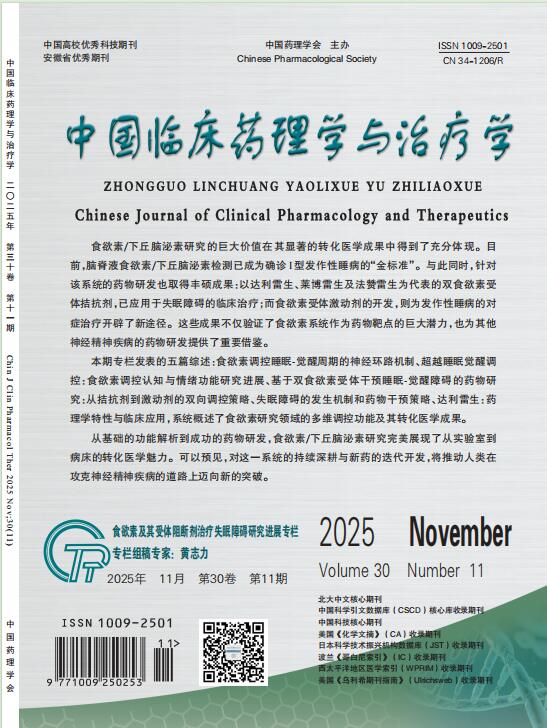AIM: To investigate the therapeutic effect of exosome derived from lipopolysaccharide (LPS)-stimulated bone marrow mesenchymal stem cells (BMSCs) on myocardial infarction (MI) in mice. METHODS: Flow cytometry was used to identify the surface marker of BMSCs. Oil red O and alizarin red staining were used to observe the differentiation to osteoblasts and Lipid. Exosomes were extracted from supernatant of BMSCs stimulated by LPS for 48 h, captured its morphology and particle size by transmission electron microscopy and particle size analyzer. Flow cytometry and Western blot were used to detect specific surface marker and protein expression. The mouse MI model was constructed and the exosomes were local injected into the heart, the therapeutic effects were evaluated by echocardiography, histopathological sections and PCR. RESULTS:Isolated BMSCs expressed CD29, CD44, CD90, CD73 and CD105, but not HLA-DR, CD14, CD34, CD45, and BMSCs had osteogenic and adipogenic differentiation ability. The expression of protein Alix, HSP70 and Flotillin-1 in exosomes was detected by Western blot. The surface markers CD63, CD9 and CD81 of the exosomes were detected by flow cytometry. The mode of the particle size was 69.2 nm. After heart injection of exosomes derived from LPS-stimulated BMSCs, compared with the PBS-injected MI control group, the EF and FS scores on day 7 and day 28 calculated by echocardiography were significantly increased (P<0.01, P<0.05), and the LVEDV and LVESV on day 28 were significantly increased (P<0.05). Masson staining showed fibrosis area decreased (P<0.01), The expression of inflammatory factors IL-6, IL-1β, TGFβ and CCL2 detected by PCR was decreased, and the expression of CX3CL was increased, which was the most obvious on the 14th day after operation.CONCLUSION: LPS-stimulated BMSC-derived exosomes can improve myocardial contractile function and fibrosis after myocardial infarction in mice, and reduce the expression of inflammatory factors.


